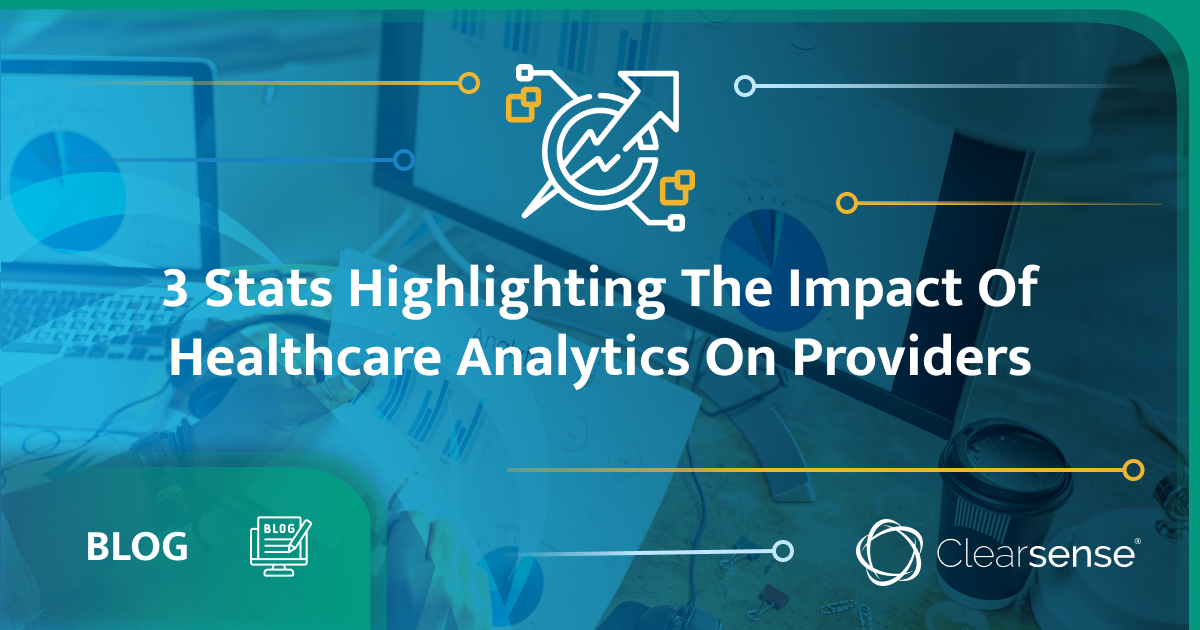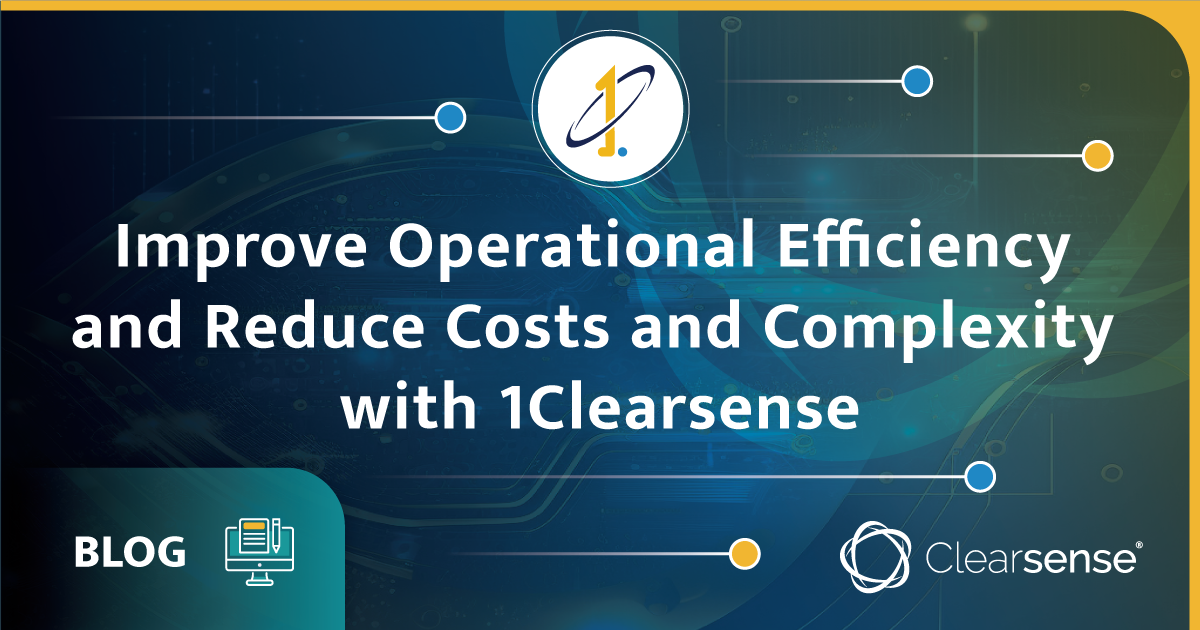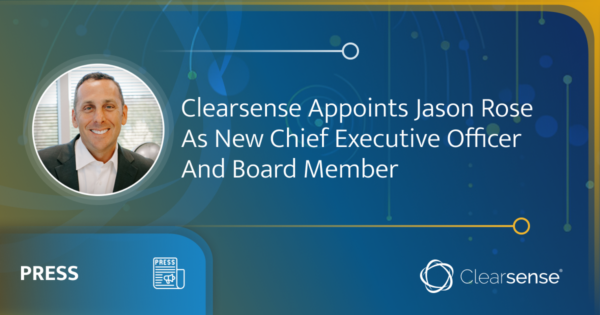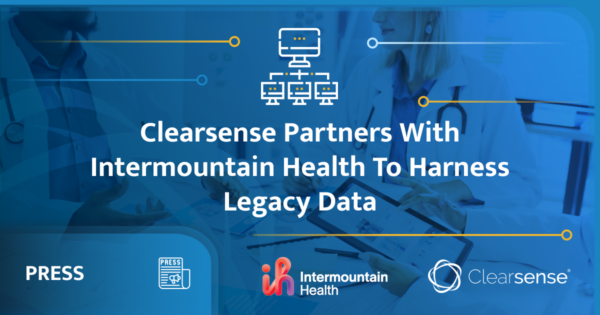
In the rapidly evolving landscape of healthcare, providers are increasingly turning to advanced analytics to derive valuable insights from vast amounts of data. Healthcare analytics has emerged as a powerful tool, helping providers improve patient outcomes, streamline operations, and enhance decision-making processes.

Healthcare analytics is revolutionizing the way providers operate, offering valuable insights into patient care, operational efficiency, preventive interventions, fraud detection, and decision-making. As the healthcare industry continues to evolve, the utilization of analytics will become increasingly vital for providers to navigate challenges and deliver high-quality care. By harnessing the power of data, providers can transform their organizations and drive positive outcomes for patients and stakeholders alike.
Let’s explore three compelling statistics that shed light on how providers are leveraging healthcare analytics to drive meaningful change.
Improved Patient Outcomes
According to a study conducted by the Healthcare Information and Management Systems Society (HIMSS), 88% of healthcare organizations reported that healthcare analytics had a positive impact on patient outcomes. By analyzing patient data, providers can identify patterns, predict health risks, and develop personalized treatment plans. This targeted approach leads to better patient outcomes and improved overall healthcare quality.
Recommended Content
Better patient outcomes start with the right research and SDOH. Learn how this client predicted renal failure faster with Clearsense 20/20.
Operational Efficiency
Healthcare analytics plays a crucial role in optimizing operational efficiency within healthcare organizations. A report by McKinsey & Company found that providers using analytics experienced a reduction in costs, predominantly attributed to improved operational efficiency. By analyzing data on patient flow, resource utilization, and staffing patterns, providers can identify bottlenecks, streamline processes, and enhance resource allocation.
A large, nationally recognized not-for-profit midwest Catholic health integrated delivery network with 93 total hospitals and more than 3,000 total applications needed an archiving solution to meet their growing needs. So far, Clearsense has saved over $65M.
Fraud Detection and Revenue Optimization
Healthcare analytics is also instrumental in combating fraud and optimizing revenue cycles. According to the National Health Care Anti-Fraud Association (NHCAA), healthcare fraud costs the United States upwards of $68 billion annually. By leveraging analytics, providers can detect patterns of fraudulent activities, such as billing discrepancies and duplicate claims, mitigating financial losses. Furthermore, by analyzing revenue cycle data, providers can identify areas for improvement, optimize billing processes, and enhance reimbursement rates.











